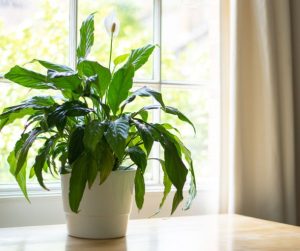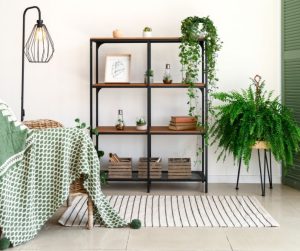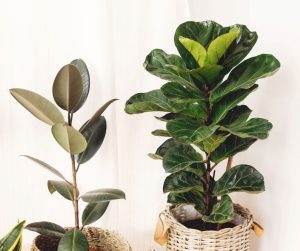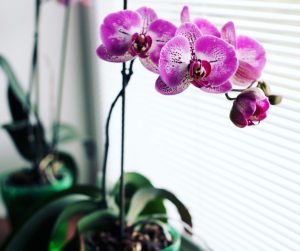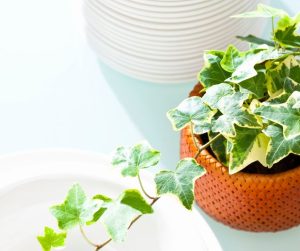HousePlantJoy is supported by our audience. When you purchase through one of our links, we may earn a small affiliate commission. As an Amazon Associate I earn from qualifying purchases. Your cost is not affected.
==================
Understanding Allergies and Indoor Plants
Common Indoor Allergens and Their Sources
Pollen
Mold Spores
Dust Mites
Pet Dander
Indoor Air Pollutants
How Indoor Plants Can Trigger or Ease Allergies
Allergenic Plants
Fragrance Sensitivity
Air Purifying Plants
Factors to Consider When Selecting Indoor Plants for Allergy Sufferers
Pollen Production
Fragrance Intensity
Maintenance and Shedding
Non-Toxicity
The Worst Indoor Plants for Allergies
Peace Lilies
Ferns
Figs
Orchids
Ivies
General Tips for Indoor Gardening
Choosing Low-Allergen Plants
Research Plant Allergenicity
Opt for Non-Flowering or Low-Pollen Plants
Consider Hypoallergenic Plants
Strategies for Reducing Allergens from Indoor Plants
Keep Plants Clean
Use a Humidifier and Check Humidity Levels
Place Plants
Maintenance and Care Practices to Cut Allergy Triggers
Avoid Overwatering
Proper Ventilation
Wear Gloves When Handling Plants
Consider Indoor Air Purifiers
Use HEPA Air Purifiers
Place Air Purifiers
In this video, here are a few examples of plants you should avoid having in your home or workspace.
Video Credits: @DecorBeauty1
Worst Indoor Plants for Allergies: Beware of These Allergy-Triggering Houseplants
We need to be mindful when it comes to indoor plants and allergies, especially considering allergic rhinitis. You should know any potential allergenic properties of certain plants. Understanding common indoor allergens, how indoor plants can trigger or ease allergies, and the specific plants linked to allergic rhinitis is important. This awareness can help create a healthier indoor environment for allergy sufferers and reduce the likelihood of allergic reactions.
Creating a healthy indoor environment is crucial for individuals with allergies, including those prone to allergic rhinitis. It is as you improve their quality of life and well-being. Selecting indoor plants and implementing proper care practices is important. You can enjoy the beauty of indoor greenery without compromising indoor air quality and triggering allergic reactions, such as allergic rhinitis.
Consider consulting allergists or horticulturists for personalized advice and recommendations based on specific sensitivities, especially related to allergic rhinitis. You can create an indoor garden that enhances your living space, promoting a healthier and more comfortable environment for everyone, while minimizing the risk of allergic reactions, including allergic rhinitis.
Discover the Green Oasis: Join Houseplant Joy’s Blooming Community!
Immerse yourself in the world of lush foliage and conquer your plant allergies with us. Our Facebook, Instagram, Pinterest, and Twitter accounts are teeming with captivating content, awe-inspiring plant reviews, and a vibrant community of houseplant enthusiasts. Unearth a paradise of botanical knowledge, share your green triumphs, and connect with fellow plant lovers who understand the joy of nurturing nature indoors. Dive into our digital garden and let your love for houseplants blossom!
Follow us on Facebook at facebook.com/houseplantjoyblog, Instagram at instagram.com/houseplantjoy20, Pinterest at pinterest.com/houseplantjoy, and Twitter at twitter.com/houseplantjoy.
Let’s cultivate our passion together!
Frequently Asked Questions
Are there any indoor plants that are allergy-free?
It’s challenging to find allergy-free plants. Consider choosing certain indoor plants that are hypoallergenic or have lower allergenic properties. Hypoallergenic plants include snakes, peace lilies, bromeliads, spiders, and succulents. These plants are less likely to trigger allergic reactions in sensitive individuals.
Can indoor plants improve indoor air quality for allergy sufferers?
Certain indoor plants can help improve indoor air quality for allergy sufferers. Snake plants, peace lilies, and Boston ferns remove toxins and improve air quality. It’s important to note that individual sensitivities may vary. Some individuals may still be sensitive to certain plants or their allergenic components.
Can using air purifiers help reduce indoor plant allergens?
High-efficiency particulate air (HEPA) filters in air purifiers can help capture and remove airborne allergens. It include those released by indoor plants. Besides, placing air purifiers near indoor plants can help filter out allergens. It will also improve indoor air quality.
What should I do if I have allergies but still want indoor plants?
If you have allergies but still want to enjoy indoor plants. Consider choosing hypoallergenic or low-allergen plants. They are less likely to trigger allergic reactions. Regular plant cleaning, proper humidity control, and ventilation can cut allergens.

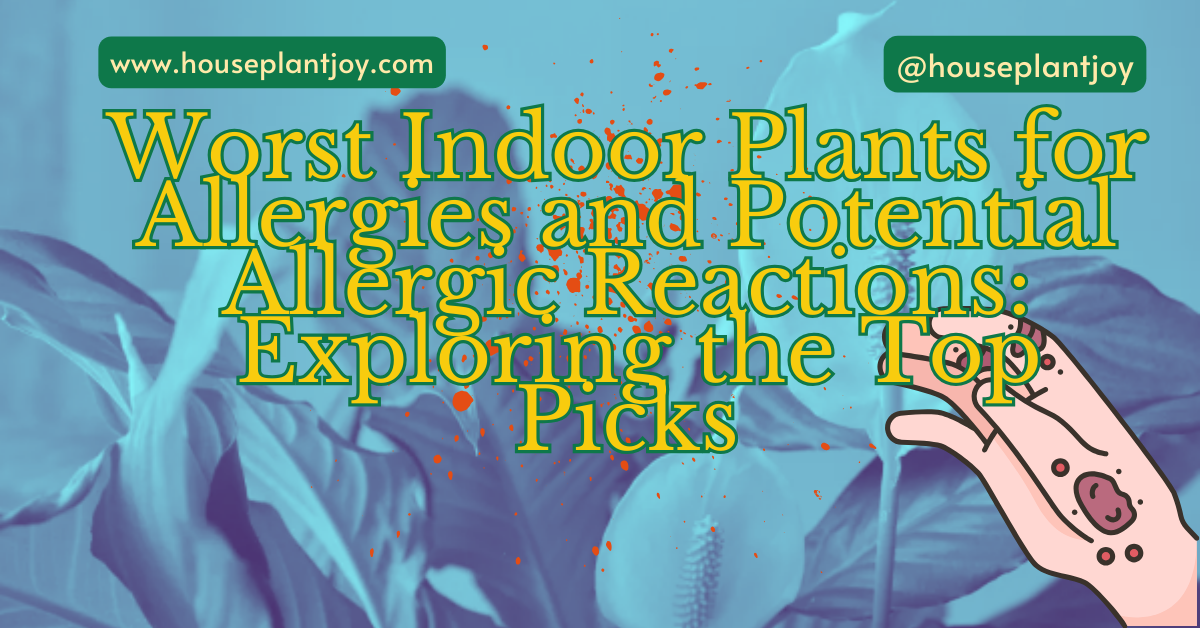

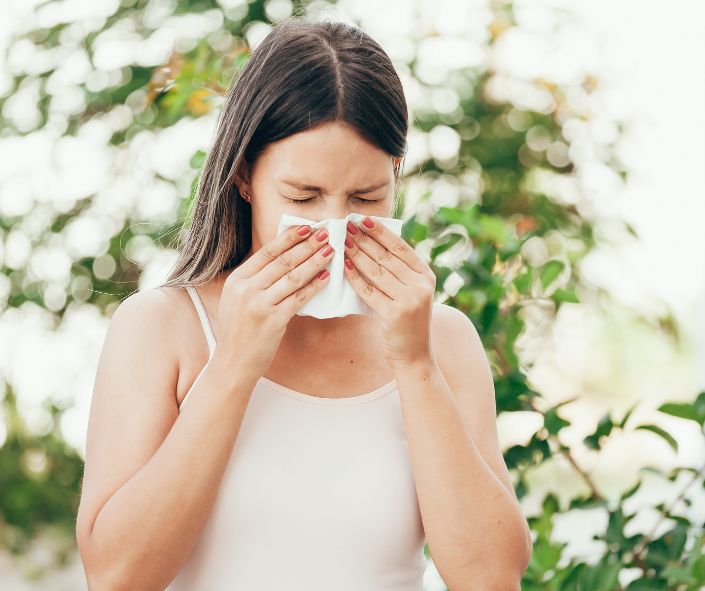
:max_bytes(150000):strip_icc()/large-indoor-plants-5094187_01-4a2113bf969d479a83ed339b6466b4c1.jpg)
